Features Of The NVIDIA RTX 50 series Graphics: A Comprehensive Review
If you purchase through links on our site, we may earn an affiliate commission. Read it here.
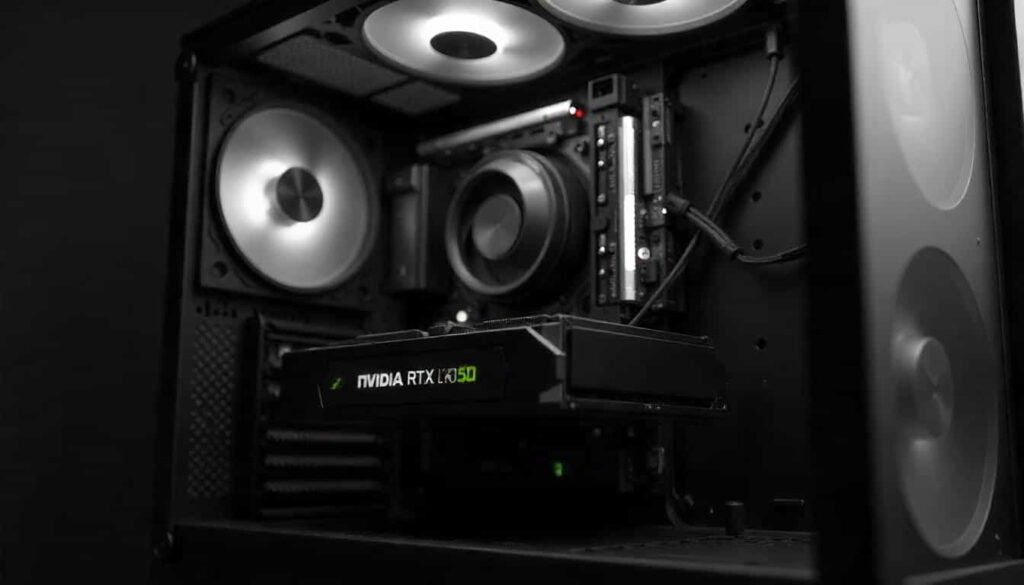
Image by MINI Byte
Pros
- Enhanced Performance
- Advanced Ray Tracing
- AI-Powered Features
- GDDR7 Memory
- Power Efficiency
Cons
- High Price
- Limited Availability
- Power Consumption
- Driver Issues
- Rapid Technological Advancements
Table of Contents
ToggleIntroduction: NVIDIA RTX 50 Series Graphics
NVIDIA RTX series has always been at the forefront of graphics platforms that either set new standards or evolve existing ones in the fields of gaming, media, and Artificial Intelligence processing mechanisms. Whether theological players are trying to get the most significant experience or top performers, the RTX series offers the most innovative solutions.
We are looking forward to the recently launched and eagerly expected NVIDIA RTX 50 series. Packed with various features and claiming to offer breakthroughs in performance, power efficiency, and integrated AI solutions, the RTX 50 series will once again change the landscape of the GPU market.
In this article, we’ll have a closer look at the architecture of the RTX 50 series, performance characteristics, unique features, and an analysis of the series’ potential and influence on the market. We will also discuss this with previous similar products, and what it means for gamers, creators, and fans of technology. Let’s find out why this next generation of GPUs is making waves in the industry.
Architecture: Blackwell Sets the Foundation
Pulse of the NVIDIA RTX 50 series graphics is hidden in Blackwell architecture that evolved the Ada Lovelace platform. Blackwell is designed to offer great potential in terms of performance and efficiency of GPUs.
Enhanced Ray Tracing Cores
The NVIDIA RTX 50 series graphics cards begin deploying next-generation ray tracing cores, which provide a new level of visual accuracy for games and other fields. Thus, the latest cores are developed to perform advanced calculations related to light that make environments look as realistic as possible. From light sources dynamically recreating realistic shadows to reflections interacting with movement in a game, it takes it up a notch for such realism we saw in CGI techniques.
What sets these novelties of ray-tracing cores as revolutionary is that they conduct real-time light cast and bounce inside an object. Unlike some general approaches to rendering in which lighting is only estimated, ray tracing imitates the properties of a ray of light, reflecting it off an object and passing through materials.
With fewer rounding errors and computation time requirements, the RTX 50 series graphics cores do so, resulting in higher frame rates and less latency in ray-traced games. This is especially beneficial in games that have strong narrative elements with rich settings that play a significant part in the story.
Aside from gaming, those advances in ray tracing have been used in fields such as 3D modelling, animation and architectural visualization. It has become possible for professionals to make scenes with a cinematic level of lighting at the same time as they can maintain a good workflow.
Added to other super advanced features such as the enhanced form of DLSS included in the RTX 50 series of GPUs, these enhancements make the ray tracing cores a useful tool for many who crave the best representation of photorealism. Whether you are immersed in imaginary gaming universes or creating virtual artworks, the RTX 50 series of graphics is revolutionary.
AI Acceleration Capabilities
With tensor cores, AI abilities in the NVIDIA RTX 50 series graphics cards experience a massive upgrade. They are known to specialize in certain lines of business such as Machine Learning and Artificial Intelligence, so they are central to offering specialized features such as DLSS 4.0.machine learning and AI tasks, making them a key component in delivering advanced features like DLSS 4.0 (Deep Learning Super Sampling).
Coming in at, NVIDIA makes use of AI-based image upscaling to deliver ludicrously high-resolution quality in games that you can play at a lower resolution with ease. Besides increasing frames per second, it makes the overall gameplay enjoyable without dropping the graphics quality.
Apart from gaming, these new tensor cores are expected to support multiple other instances of artificial intelligence processing. People who work in content creation or media-related professions can put the advancement in AI performance to practical use for projects including video editing, rendering of 3D models, and even the real-time generation of animations.
This makes the RTX 50 series graphics cards suitable not just for gaming enthusiasts but also for content creators in Virtual Production, AI Researchers, Data visualization and more. The speed-up that comes with AI algorithms means improved efficiency, where in-depth computational work is accomplished in less time.
Furthermore, these actual tensor cores add up to NVIDIA’s system comprised of AI-oriented tools. For instance, programs like NVIDIA Broadcast can get improvements in AI performance to incorporate mechanisms such as noise reduction, background substitution, and voice changes in real time.
AI development acceleration guarantees that not just the everyday users, but the experts, also get a new tool set that makes them more efficient at their jobs. These enhancements are incorporated to deliver new features of the RTX 50 series graphics cards that push the confines of GPUs to offer high-performance rates and innovation.
Power Efficiency
It appears that the update to the Blackwell architecture will make the premiere NVIDIA RTX 50 series graphics cards thrifty with their power. Contrary to previous generations that may need large power for optimal performance, Blackwell will utilize power efficiency to provide better computation capability.
This entails that regardless of the load with regards to graphics or even calculating capability, the RTX 50 series GPUs can work at their optimum best in terms of power across activities such as 4K gaming, Ray tracing, or professional rendering all the while using less power. For users, it means lower electricity costs and a more friendly and sustainable manner of computing.
Apart from saving power, the efficient incorporation of the new RTX 50 series contributes positively to thermal designs. Less energy consumption makes them produce less heat, which helps GPUs run at low temperatures and low noise.
This is a crucial benefit for gamers and anybody else who requires long hours of the game with no break. Additional cooling is also supported by new coolers that should become a part of the RTX 50 series, which minimizes the likelihood of overheating during enhanced performance.
The focus on energy usage is also in line with a new industry trend of ecological-friendly technology solutions. In other words, achieving high power efficiency does not result in decreased performance, and thus the requirements of modern consumers looking for both great performance and efficiency, are met.
If you are a gamer, a streamer, or simply someone who runs high-end applications to push the computational power to its limit, this sort of power-efficiency sync is ideal for the next generation of computing in the RTX 50 series.
This is one of the reasons why the RTX 50 series graphics cards are expected to be at the top in both gaming and content creation markets.
Memory Technology: A Leap with GDDR7
The new NVIDIA RTX 50 series of graphics cards are expected to integrate GDDR7 memory technology and development over the existing GDDR6X memory.
Higher Bandwidth
GDDR7 memory technology revolutionizes information transfer rates and how GPUs manage data. It also provides constant delivery of high bandwidth necessary for sensitive operations such as 4K and or 8K gaming. The quicker transmission rate breaks down traffic constraints, allowing for increased frame rates and more efficient texture downloads allowing players to be more engrossed.
Also, GDDR7 is more optimized to consume less power and give a better result which is good news for game lovers and professionals who want high-memory bandwidth and don’t want to spend much time recharging. Due to the characteristics of supporting the next generation of games and sophisticated work, GDDR7 has become a new generation of graphics memory solutions.
Lower Latency
With regards to graphics technology, therefore, lower latency is synonymous with less time taken for data to pass through the GPU, memory, and display. Still, in the context of the RTX 50 series, one additional innovation that reduces these sorts of delays is the addition of GDDR7 memory.
To gamers, this means increased game responsiveness with shorter response times, very important for action games or shooters. Everyone benefits because lower latency means the graphics are smoother, the videos are processed quickly, and there is no delay for people working in fields that require a lot of processing such as 3D modelling or animation.
More importantly, this improvement is easily applicable to emerging technologies. With gaming fast moving to 4K and even, at some point, 8K resolutions, there is a growing need for VR and AR which all require higher precision, hence the low latency that the RTX 50 series offers. More than boosting the current performance of the GPU, this enhancement prepares the card for future use; thus, delivering a more enhanced user experience as witnessed across the board.
Future-Proofing
For challenges, it is only right to look at the emergence of GDDR7 memory technology that NVIDIA implemented in its RTX 50 series GPUs as the move toward fully future-proofed, high-end GPUs. GDDR7 aims to be able to cope with the current and future needs of gaming and content creation applications by having significantly larger bandwidth and far lower latency than GDDR6X.
This means that data communication will be faster and processing associated delays will be minimized as well as eliminating hitches occasioned by running resource-hogging applications such as 4K gaming, 8K video editing, or heavy AI computations.
It is the flexibility of GDDR7 to remain relevant makes this form of GPU memory particularly important as software and gaming engines change. This is because game developers are always coming up with new techniques that put more strain on graphics rendering and with the release of new GPUs for every product improvement, GDDR7 is not far off from being left behind.
Moreover, its energy management capability makes it possible for it to operate at optimum capacity without necessarily draining more power. Hence, it meets the newest technology that consumers would wish to possess at a certain degree of power efficiency.
This innovation helps to maintain the RTX 50 series graphics cards as some of the most recent and capable of handling the future requirements thus making them suitable for gamers and professionals in equal measure.
These memory advancements are integral to what’s new in the RTX 50 series, providing users with a competitive edge in both gaming and productivity tasks.
Performance: A Massive Step Forward
When it comes to raw power, the NVIDIA RTX 50 series graphics cards are set to be a game-changer.
Top-End Performance
The NVIDIA RTX 5090 flagship GPU for the upcoming RTX 50 series is set to offer a giant leap in GPU technology. Based on preliminary data available online, this beast should offer as much as half more performance in comparison to the already top-of-the-top RTX 4090. This improvement is due to NVIDIA’s new Blackwell architecture, improvements in real tracing, and exploiting GDDR7 memory.
For both gamers and professionals, these translate to new heights of performance that meet or surpass the requirements of challenging activities such as 4K gaming, real-time ray tracing, or creating complex HDR content.
For instance, a maximum improvement of the performance of 50% means there is a swift increase in frame rates, seamless gameplay and a speed-up of rendering processes in creative applications. For instance, taxing games with ultra quality at 4k could achieve higher framerates – A perfect fit for the upcoming monitors.
Likewise, video editors and 3D artists may see rendering happen in near-real time, thus cutting down the project’s total time by a factor. The RTX 5090 graphics card is also anticipated to perform well in other new applications including AI applications and real-time simulations, thereby proving useful to a diverse clientele.
Furthermore, NVIDIA’s developments in power consumption with Blackwell architecture make certain that RTX 5090 offers this performance without highly elevated power consumption. It is something that requires improvement, particularly for gamers and creators, people who come into constant contact with their systems.
Moreover, preliminary expectations point to this particular GPU release being equipped with enhanced cooling mechanisms for managing a very high power and reliability in demanding applications. All these innovations also allow the RTX 5090 to be a worthy successor to the RTX 4090 and strengthen NVIDIA’s position in the high-performance GPU market.
Mid-Tier Models
NVIDIA’s RTX 5080 and RTX 5070 are likely to set new standards for powerful performance in mid-tier GPUs compared to those in higher-end models while costing a relatively lower price. At the same time, such cards are designed to deliver state-of-the-art gaming and content creation experiences to a wider audience, removing the gap between power users and mainstream customers.
As with this Blackwell architecture, which is used in the flagship model RTX 5090, these models of mid-range graphics cards will also receive quite a few of the innovations of the series, including improved ray tracing, as well as the availability of DLSS 4.0, as well as an increase in energy efficiency.
For gamers, the RTX 5080 and RTX 5070 are expected to deliver optimal performance for 1440p and 4K gaming experiences. These cards are designed to provide a smooth gaming experience even in most titles while reinforced with ray tracing. Furthermore, their use of GDDR7 memory will greatly enhance the number of data transfers, and cut down on latency, making the games more fluid. It will also be worth noting that these new GPUs will have better thermal profiles, making them perfect when it comes to long gaming sessions without having to worry about them heating up.
It’s as if the RTX 5080 and RTX 5070 were designed for content creators too, as they have a lot to gain from it. These GPUs are supposed to shine in such activities as 3D rendering, video editing and AI-aided processes.
The enhanced performance per watt in Blackwell means creators can support more demanding projects at the same time to be done faster with lower power consumption. When such essential features are paired with high-end and unique capabilities combined with a more reasonable price in 2021, the RTX 5080 and RTX 5070 are set to become the users’ favourite choices.
Gaming Capabilities
NVIDIA RTX 50 series is all set to turn the gaming arena on its head, not only because of performance upgrades that will benefit every type of gamer, casual or serious esports competitors alike. Because of the implementation of Blackwell architecture and the new improved ray tracing cores, the real push forward can be waited for by gamers: even at graphically most demanding games the frame rate increases sharply.
Any improvement that is made here will result in a better game feeling, less stutter and latency issues which can become a big problem in competitive gaming. From massive open environments of new-generation AAA action adventures to high-intensity PVP of new-generation shooters, the new RTX 50 series will provide a perfectly smooth gaming experience.
This post recommends that ray-traced games such as those capable of simulating real-world lighting and shadows will attract a significant gain in performance due to the RTX 50 series improved ray-tracing features. Before, improving ray tracing capabilities was usually accompanied by a sacrifice of FPS, but with these new GPUs it should no longer be the case.
Along with DLSS 4.0, players can appreciate stunning graphics without any slowdown, not to mention 4k Ray-tracing games. Several gamers exploring virtual reality applications get better latency and increased refresh rates with the RTX 50 series for an enhanced experience in VR gaming.
In addition, the RTX 50 series of graphics cards incorporates state-of-the-art display interfaces to support advanced display technologies as well as high refresh rate displays currently in the market. With even sharper resolution than 4K and a higher than 240Hz refresh rate, it’s planned to give gamers unparalleled clear visual experience and amazingly fast actions.
This level is desirable for esports players requiring the ability to respond rapidly coupled with high frame rates to contrast their opponents. Combining innovation and power, the RTX 50 series will help define new heights of gaming performance across devices.
The gains from these increased fan speeds further enhance the RTX 50 series graphics cards as the ultimate option for game enthusiasts and tech-savvy ultimate option for game enthusiasts and tech-savvy professionals.
Key Features of the RTX 50 Series Graphics
DLSS 4.0
Deep Learning Super Sampling (DLSS) is NVIDIA’s AI-driven upscaling technology, and version 4.0 is expected to debut with the RTX 50 series graphics.
- DLSS 4.0 delivers even better image quality and performance using advanced AI models.
- Gamers can enjoy higher resolutions and frame rates without compromising visual fidelity.
Enhanced Ray Tracing
The RTX 50 series introduces the next generation of ray tracing capabilities, offering lifelike visuals in supported games.
- Dynamic lighting, realistic reflections, and natural shadows elevate the overall gaming experience.
Improved Cooling Solutions
To manage the increased power and performance, NVIDIA is expected to introduce advanced cooling technologies in the RTX 50 series.
- Enhanced thermal designs ensure that GPUs remain cool under heavy loads.
- This is particularly beneficial for long gaming or rendering sessions.
Energy Efficiency
Supported by the Blackwell architecture, RTX 50 series graphics cards are expected to be more efficient than any previous generations offering better performance. This makes them appropriate for green users, busy professionals and other users.
These features highlight what’s new in the RTX 50 series and demonstrate how it pushes GPU technology forward.
Release Date and Availability
NVIDIA is expected to officially unveil the RTX 50 series graphics cards at CES 2025 in January. Following the announcement, the cards are likely to hit the shelves shortly after.
- High Demand: As with previous releases, high demand is expected to lead to supply shortages, especially for flagship models like the RTX 5090.
- Pre-Orders: Gamers and professionals interested in these GPUs should consider pre-ordering to secure a unit.
Pricing Expectations
Pricing continues to be among the areas of the RTX 50 series graphics cards that have attracted a lot of guesswork. This is because, as with the previous generation of components, the increase in the level of technology and significant performance increases will lead to higher prices than the RTX 40 series.
- Premium Models: The RTX 5090 is likely to carry a premium price tag, catering to enthusiasts and professionals.
Value Options: Lower-tier models like the RTX 5070 could offer great performance at more accessible price points.
RTX 50 Series V/S RTX 40 Series
The RTX 50 series graphics cards represent a significant step up from the RTX 40 series, with improvements across the board.
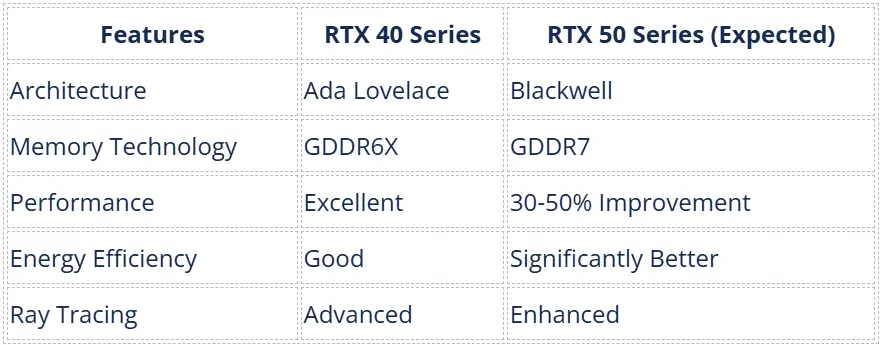
Potential Challenges
While the NVIDIA RTX 50 series graphics cards offer numerous advancements, there are potential challenges:
- Pricing Concerns: Higher prices may put them out of reach for some consumers.
- Availability Issues: Supply chain constraints could lead to limited availability at launch.
- Competition: Rival GPUs from AMD and Intel may offer comparable performance at lower price points.
To read about the Apple MacBook Pro 14-inch, click here.
Conclusion: A Game-Changer for GPUs
The NVIDIA RTX 50 series graphics cards are shaping up to be a groundbreaking release that redefines performance and efficiency in GPUs. With innovations like the Blackwell architecture, GDDR7 memory, and enhanced ray tracing capabilities, these cards promise to set new industry standards.
Whether you’re a gamer aiming for the best visuals and frame rates or a professional seeking faster rendering times, the RTX 50 series graphics cards are poised to deliver unmatched performance. As the release date approaches, the excitement surrounding these GPUs continues to grow, making them one of the most anticipated tech launches of 2025.
For those eager to experience what’s new in the RTX 50 series, this is the upgrade you’ve been waiting for!

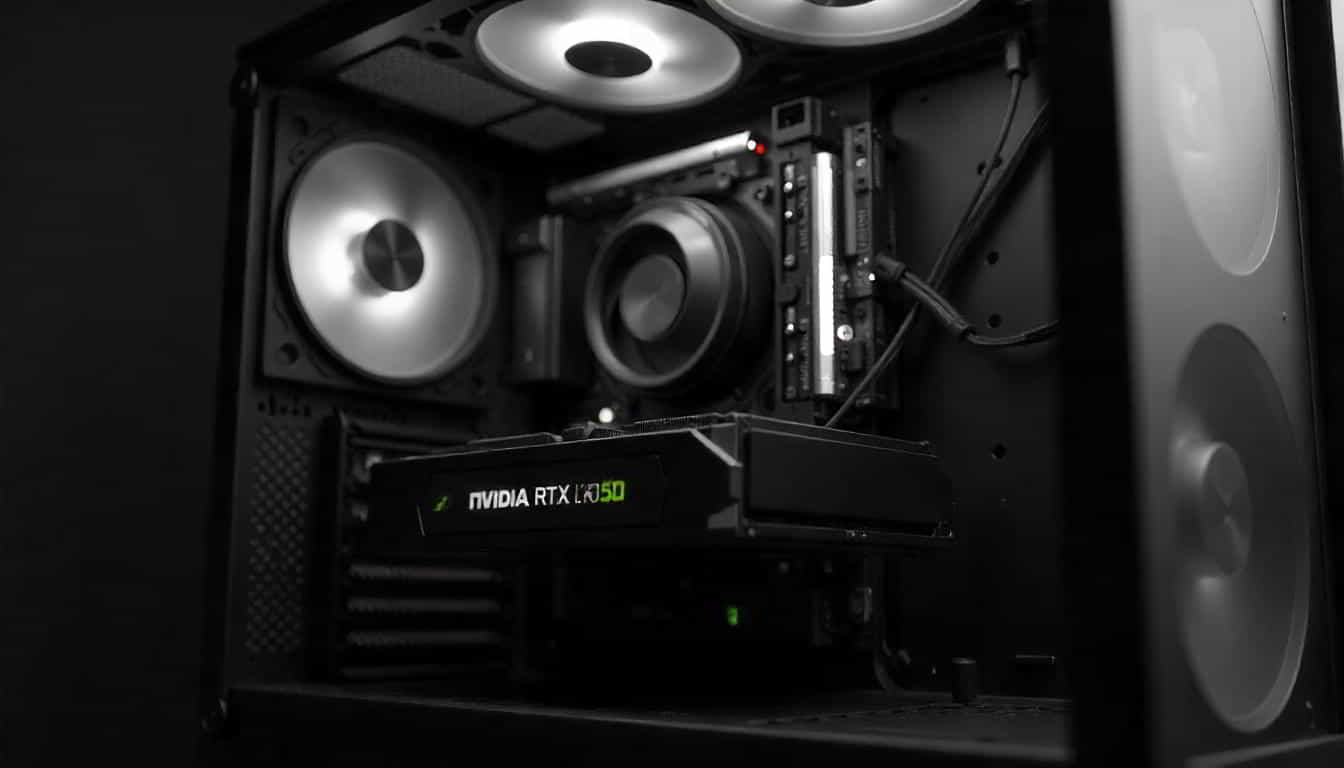

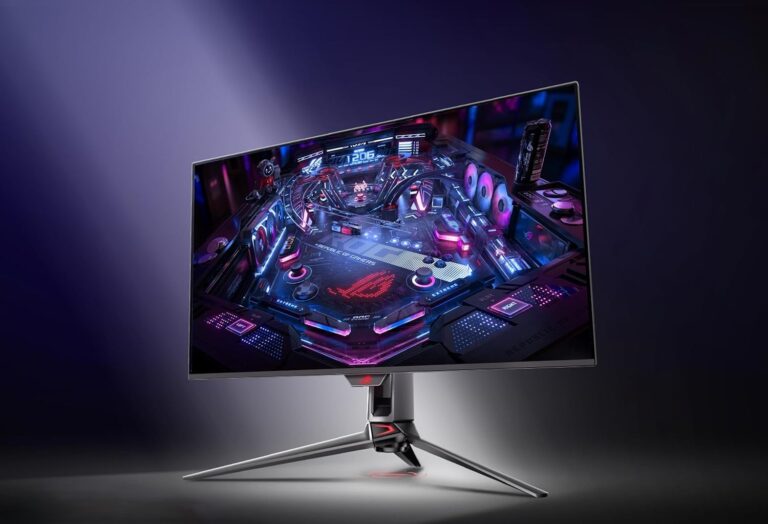
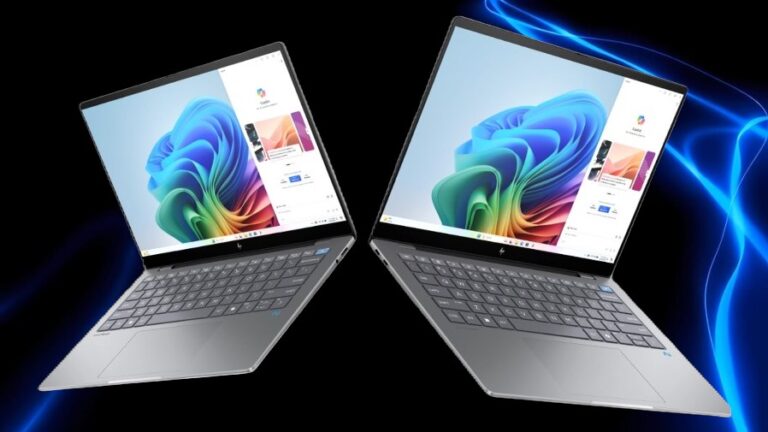

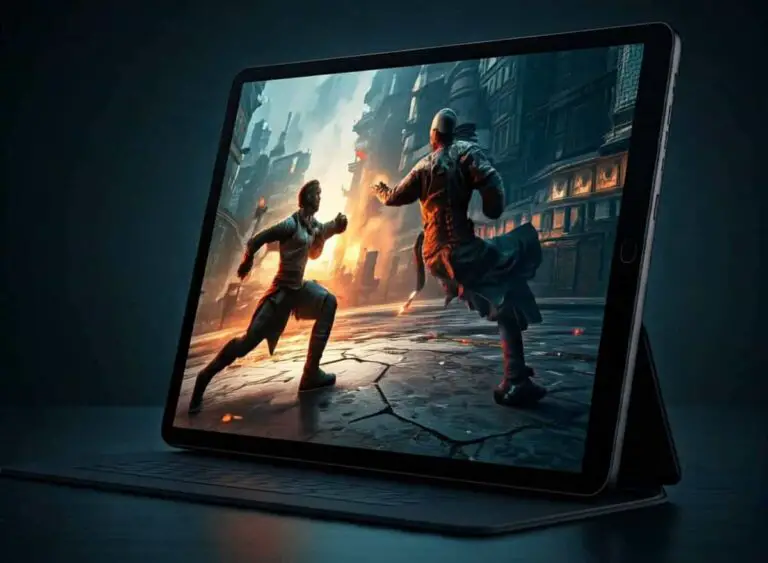

One Comment